Housing is underway as grazing comes to an end. But with varying ground conditions around the country, some farms are just starting to house for winter, while others have the majority of cattle indoors.
A bit of planning goes a long way to reducing problems that usually follow housing. Outlined are some things to keep in mind.
1. Start early and house in groups
Even if there is still grass in front of cattle, start to gradually house animals in groups over the coming days. Don’t hold every animal at grass until the weather breaks, then panic to get everything inside on the same day.
Starting to house cattle now, even if ground is still dry, will take the pressure off when grass runs out and weather does finally beat you.
Also, by housing in groups, it is easier to monitor a smaller number of animals for 24 to 48 hours after they come inside. This makes it easier to pick up and treat any respiratory problems.
2. Feeding meal to weanlings and stores after housing
Feeding meal to calves, weanlings and stores for the first week after housing is good practise. Meal will encourage animals to come forward and eat.
Cattle that are slow to come forward once meal is offered may be in the early stages of illness, which if treated quickly, improves the chance of a full recovery.
3. Housing finished cattle to target slaughter weight
Cattle that are overstocked in sheds will not thrive. Make sure finishing cattle have enough room for all animals to lie at the same time and stand at the feed rail.
House cattle based on their target finishing weight, not their liveweight going into the shed. For example, take a pen of eight 400kg bull weanlings in October gaining 1.7kg/day indoors.
That is a gain of 13.6kg/day, 95kg/week and almost 410kg/month, which is the equivalent of adding one extra weanling to the pen every month. Growing cattle will quickly become overstocked.
Allow 2.75m2 to 3m2 for cattle with a finishing weight of 700kg to 750kg liveweight on slats, rising to 4m2 on straw bedding.
Also, finishing cattle should have at least 600mm of space at feed rails to access forage and concentrate.
4. Don’t wean or dose on the same day as housing
Housing and the change in diet will place massive stresses on calves and weanlings, so do not try to wean animals on the same day as you house for winter.
It is just asking for trouble. Allow calves to settle in the shed for a couple of days before starting the weaning process. The same goes with dosing.
Once treated for lungworm, calves cough up dead parasites to clear their lungs which puts animals under stress. Don’t add to this stress by housing or weaning at the same time.
5. Try to maintain social groups
If possible, try to maintain cattle in their social groups when housing. This means penning cattle from the same grazing group.
It can reduce fighting that leads to an injury in the shed, particularly in strong bull weanlings.
It also reduces daunting in cows, as a social hierarchy is already in place. This can reduce the risk of pregnant cows getting a knock on the side and aborting a calf.
Read more
€400/head beef price gulf
Covers disappearing fast on farms
Housing is underway as grazing comes to an end. But with varying ground conditions around the country, some farms are just starting to house for winter, while others have the majority of cattle indoors.
A bit of planning goes a long way to reducing problems that usually follow housing. Outlined are some things to keep in mind.
1. Start early and house in groups
Even if there is still grass in front of cattle, start to gradually house animals in groups over the coming days. Don’t hold every animal at grass until the weather breaks, then panic to get everything inside on the same day.
Starting to house cattle now, even if ground is still dry, will take the pressure off when grass runs out and weather does finally beat you.
Also, by housing in groups, it is easier to monitor a smaller number of animals for 24 to 48 hours after they come inside. This makes it easier to pick up and treat any respiratory problems.
2. Feeding meal to weanlings and stores after housing
Feeding meal to calves, weanlings and stores for the first week after housing is good practise. Meal will encourage animals to come forward and eat.
Cattle that are slow to come forward once meal is offered may be in the early stages of illness, which if treated quickly, improves the chance of a full recovery.
3. Housing finished cattle to target slaughter weight
Cattle that are overstocked in sheds will not thrive. Make sure finishing cattle have enough room for all animals to lie at the same time and stand at the feed rail.
House cattle based on their target finishing weight, not their liveweight going into the shed. For example, take a pen of eight 400kg bull weanlings in October gaining 1.7kg/day indoors.
That is a gain of 13.6kg/day, 95kg/week and almost 410kg/month, which is the equivalent of adding one extra weanling to the pen every month. Growing cattle will quickly become overstocked.
Allow 2.75m2 to 3m2 for cattle with a finishing weight of 700kg to 750kg liveweight on slats, rising to 4m2 on straw bedding.
Also, finishing cattle should have at least 600mm of space at feed rails to access forage and concentrate.
4. Don’t wean or dose on the same day as housing
Housing and the change in diet will place massive stresses on calves and weanlings, so do not try to wean animals on the same day as you house for winter.
It is just asking for trouble. Allow calves to settle in the shed for a couple of days before starting the weaning process. The same goes with dosing.
Once treated for lungworm, calves cough up dead parasites to clear their lungs which puts animals under stress. Don’t add to this stress by housing or weaning at the same time.
5. Try to maintain social groups
If possible, try to maintain cattle in their social groups when housing. This means penning cattle from the same grazing group.
It can reduce fighting that leads to an injury in the shed, particularly in strong bull weanlings.
It also reduces daunting in cows, as a social hierarchy is already in place. This can reduce the risk of pregnant cows getting a knock on the side and aborting a calf.
Read more
€400/head beef price gulf
Covers disappearing fast on farms




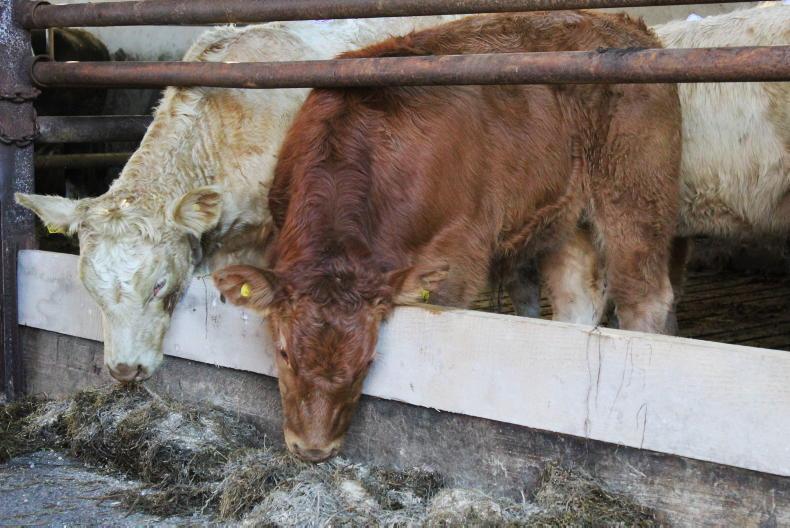
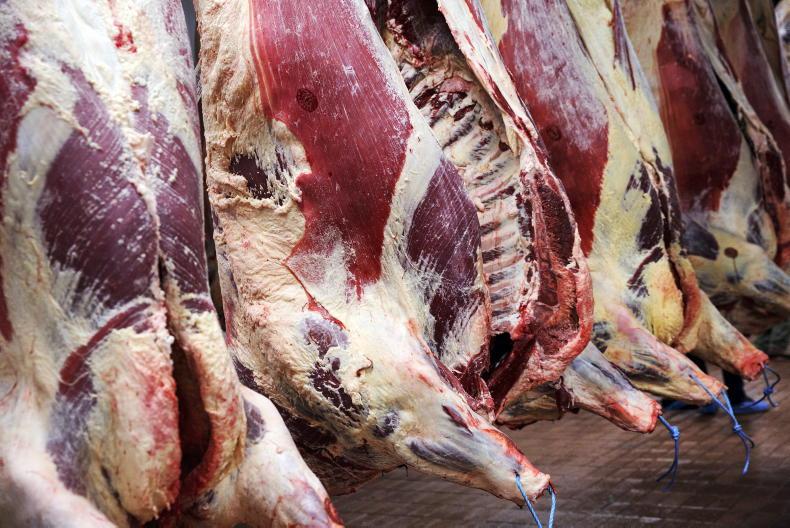

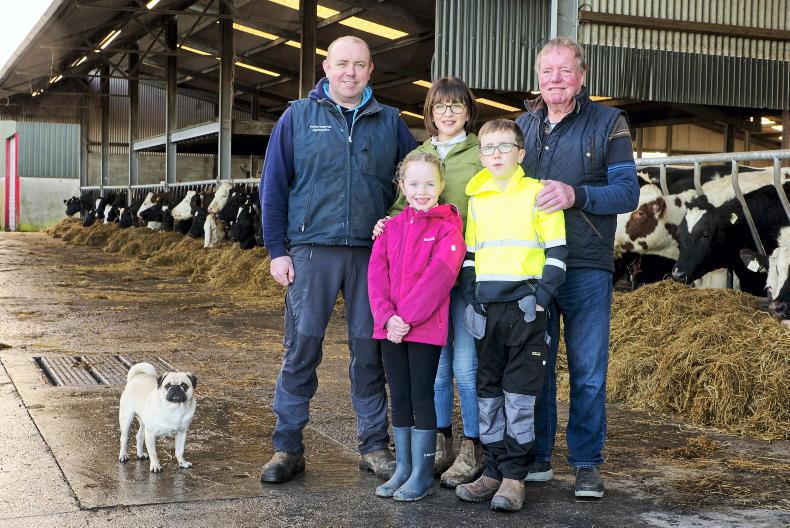
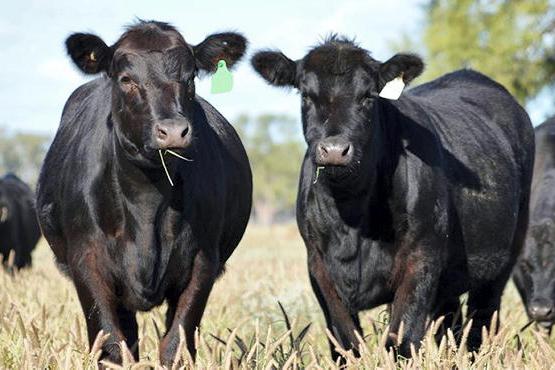
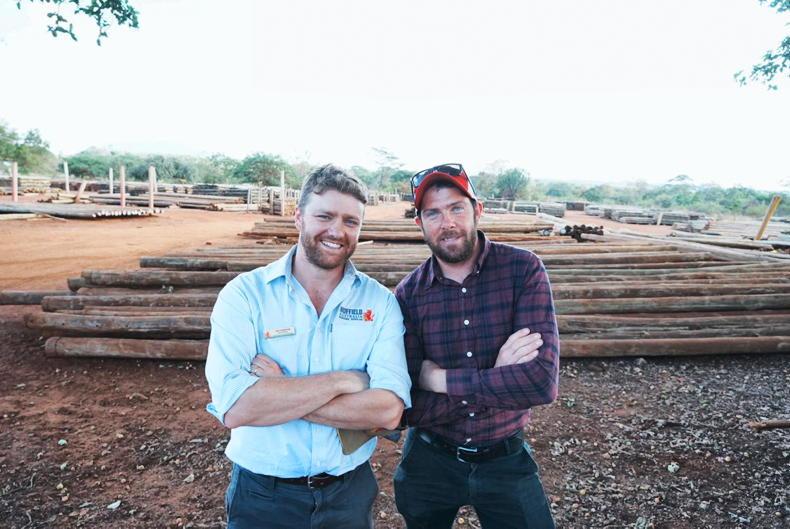
SHARING OPTIONS